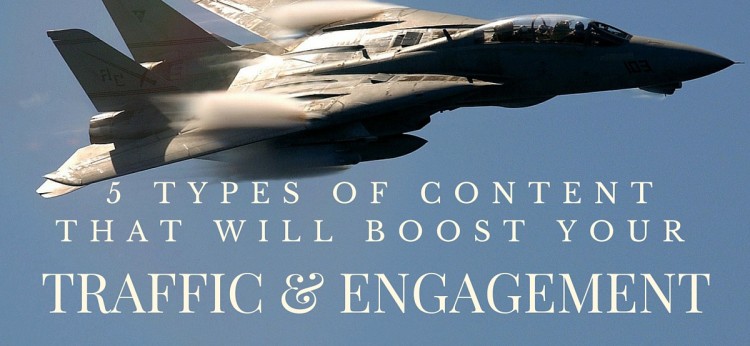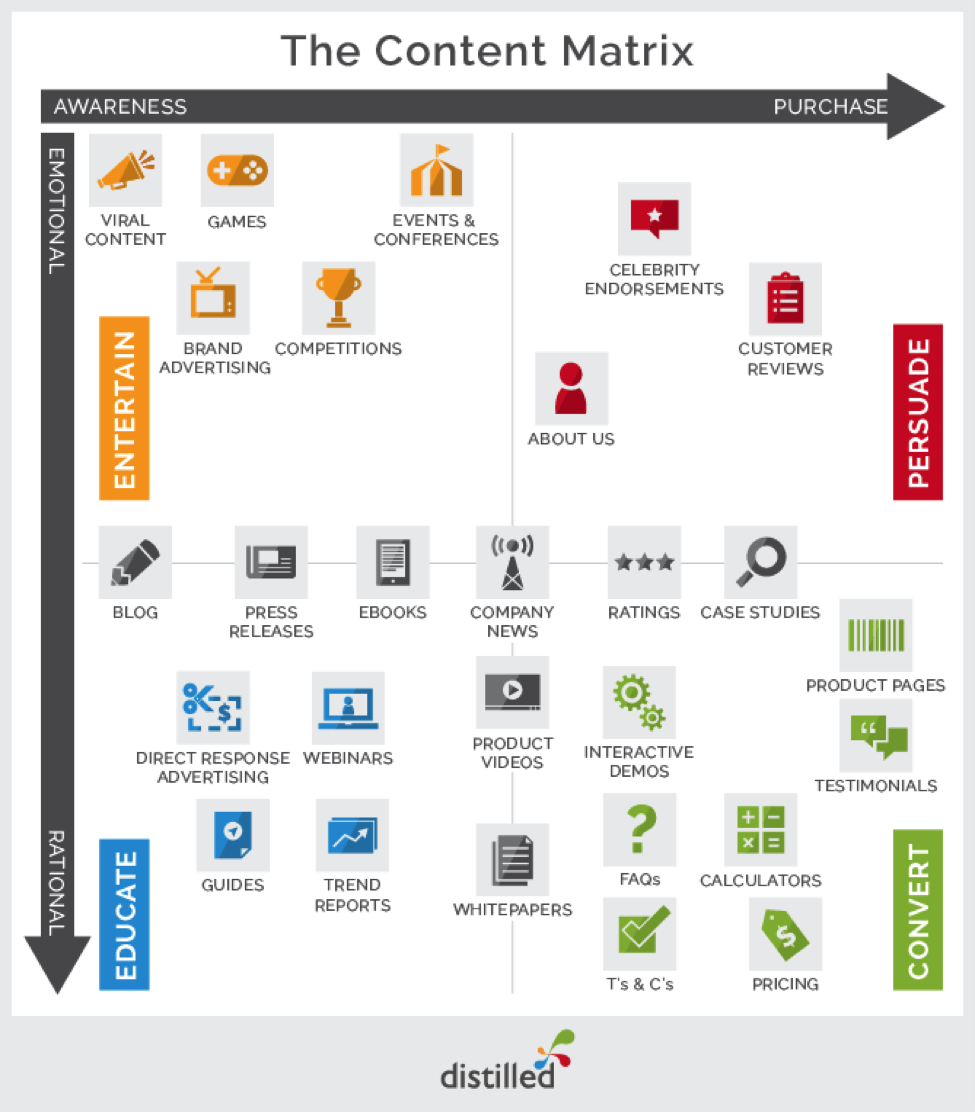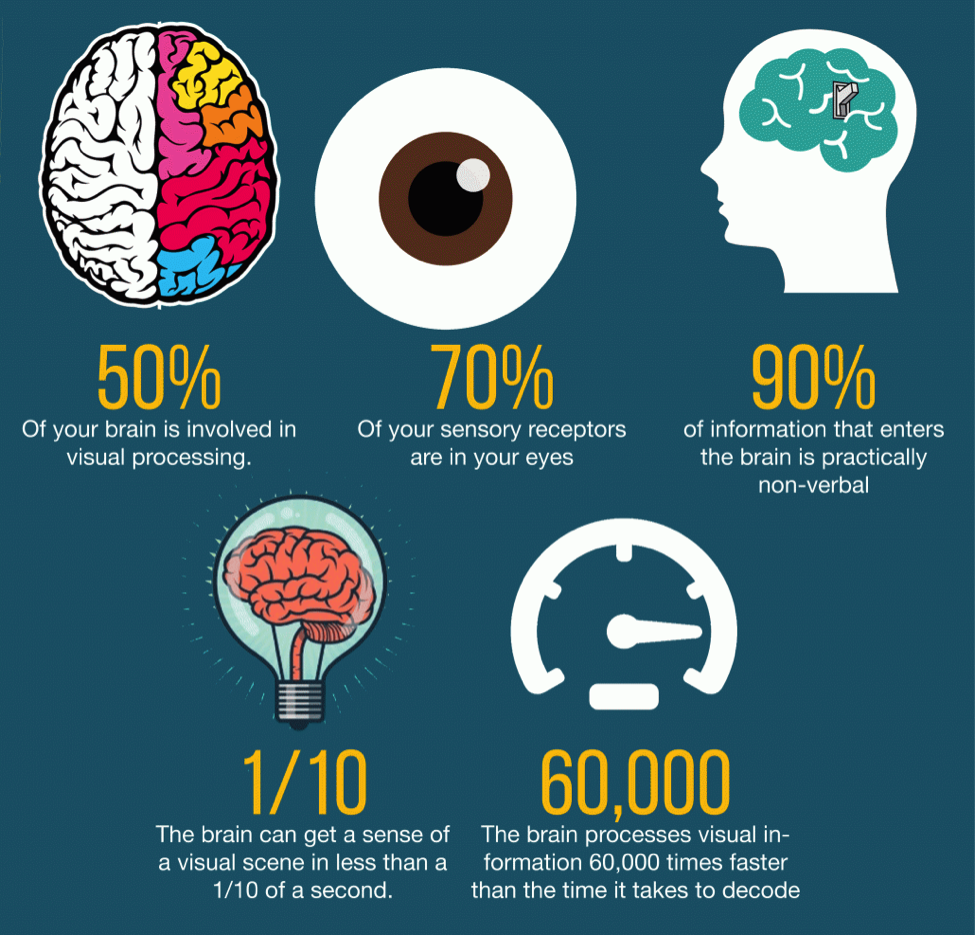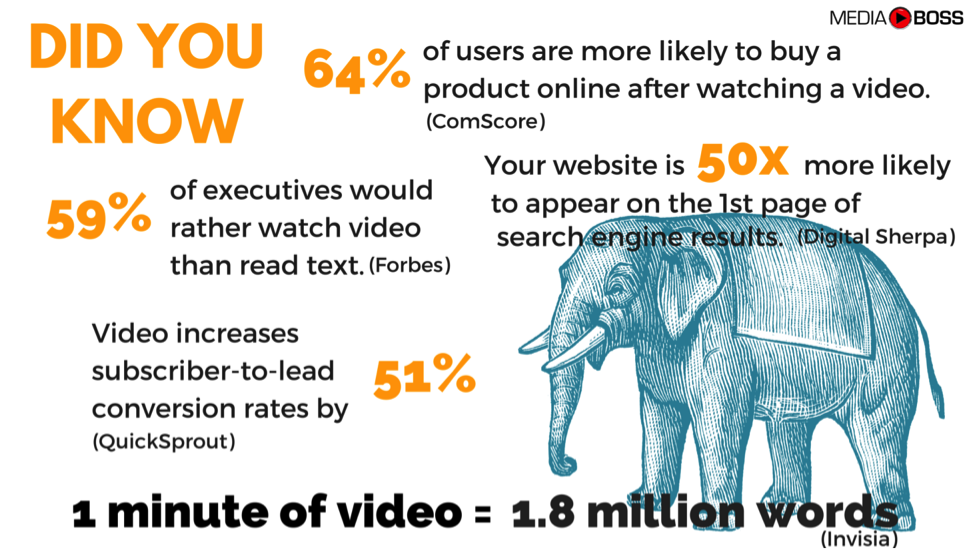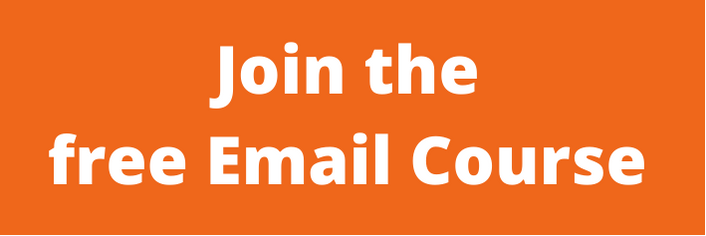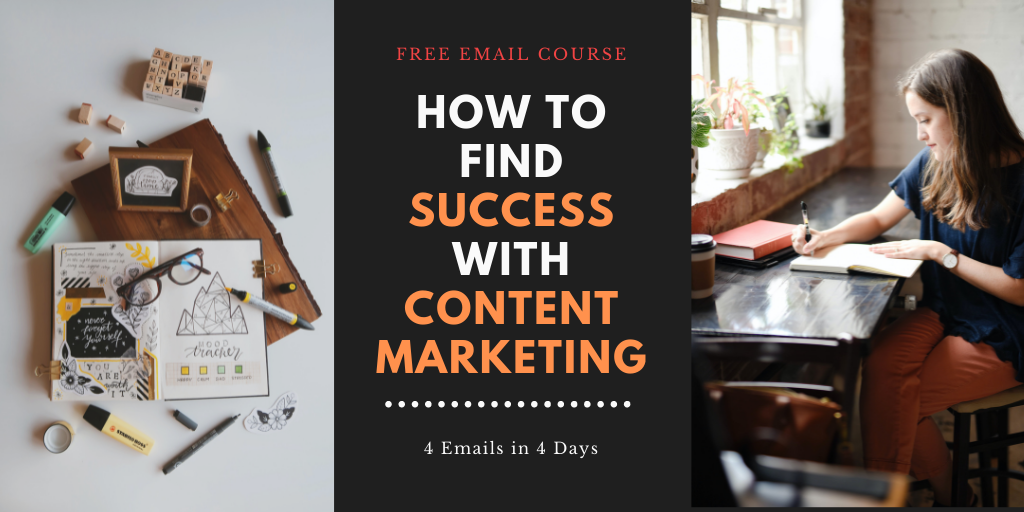The following is a guest post by John Unger: “I’m a UK native writer, entrepreneur, and idea guy. I’m interested in business and digital marketing. So, basically, I cover these topics in my articles. I hope that my writing inspires and helps my readers. You can find more articles in my social networks. Follow me on Twitter and Google+.”
Determining the type of content that will boost traffic and engagement is more complex than simply creating a list. Presumably, the goal is to boost the traffic that is likely to lead to conversions and to create engagement with social media sharers, influencers, and brand loyalists. Further, if your content is associated with various marketing campaigns, your goal will be to have your content help to achieve the purpose of those campaigns.
Before delving into which types of content are most engaging, and which are most likely to drive traffic, it might be a good idea to consider the 4 primary goals of content marketing.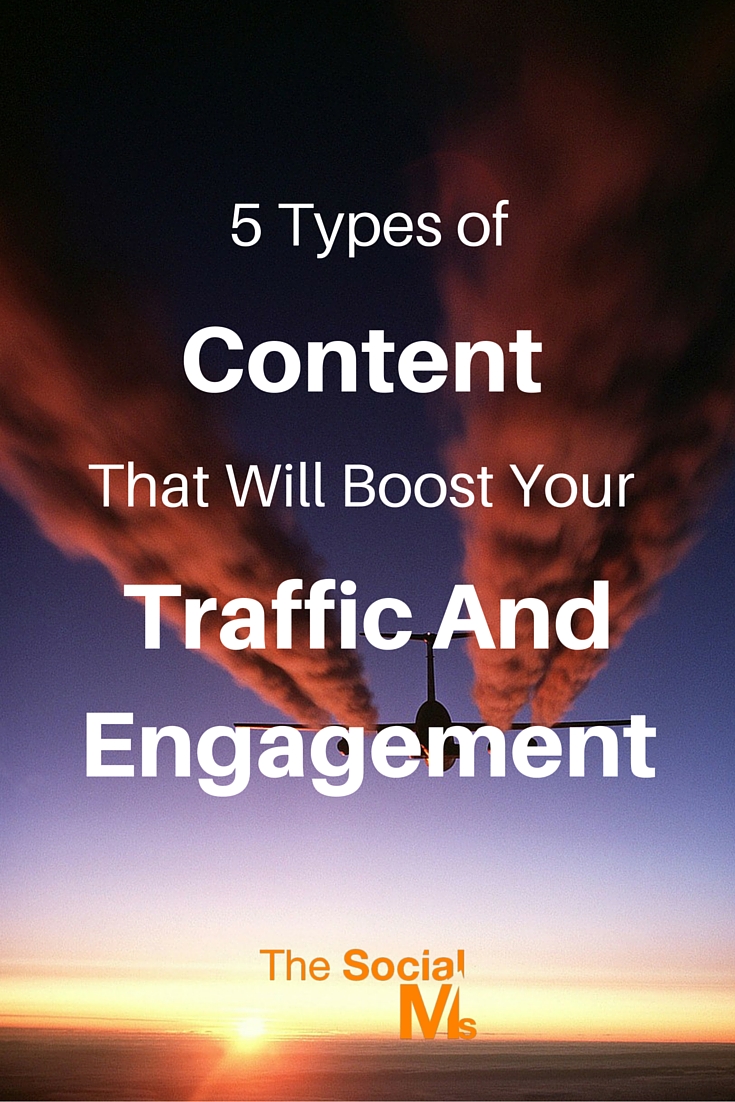
- Education: Educational content provides consumers with information. This might be information on your products and services, or tips on how to best use these products and services. This can also include content that provides education on subjects that are related to your business niche. For example, a company selling wine might produce a Youtube series focused on wine pairing, or they might produce a series of blogs on traveling the regions where their wines are produced. The result of producing educational content is trust and relationship building.
- Entertainment: Many people avoid entertaining content because they feel as if it doesn’t serve a practical purpose. In reality, sharing content for entertainment purposes creates a sense of relatability. When people see entertaining content they feel a connection to your brand. Entertaining content builds positive relationships, increases searchability, and earns social media shares and comments.
- Inspiration: There are essentially two types of inspirational content. The first focuses on your products and services. This type of inspirational content can include testimonials, success stories, before and after pictures, etc. The second type of inspirational content is content that you create or share that has no direct relationship to your business model. It’s simply content that you know will be shared, and that you wish to be associated with. One example of this would be a commercial airline producing video containing clips of soldiers reuniting with their families at various airports.
- Conversion: This can be a bit tricky. Content that is intended to drive conversion should not be confused with a sales pitch. This content is intended to create a desire to answer a call to action, but that is done through storytelling or other methods. Conversion content is used when the desired result is answering a specific call to action. This could be downloading an e-book, subscribing to an email newsletter, or passing on contact information to a representative.
An infographic by Distilled shows how the content can be divided into these categories:
Before you read on - we have various resources that show you exactly how to use social networks to gain massive traffic and leads. For instance, check out the following:
FREE Step-by-Step Twitter Marketing GuideFREE Pinterest Marketing Ebook
The point of the above is to make one point clear. Every piece of content that you publish should fit in one of the above categories no matter else. If it doesn’t, you are better off passing on that content until the time comes when it can help you to meet your goals. Now that you know the 4 main purposes of content, you can focus on the second characteristic of good content. In addition to meeting one of content types that helps to reach your aim.
5 Types of Content For Engagement and Increased Traffic
- Lists
Many marketers malign this content as being overused and a bit lazy. They aren’t wrong. People do use lists too often, and the content in those lists is often uninspired and largely derivative. However, that doesn’t mean that list posts have no value. A well thought out ‘listicle’ that is original, or that approaches a subject in an original way is a great way to provide readers with informative and easily digested content.
Why are lists so popular? It turns out that our brains naturally break things into categories and lists. Lists are also a great way for linear thinkers to grasp concepts by moving down a list from one thing to another. We also have the tendency to want to rank things that related to one another. This is why top ten lists are so incredibly popular.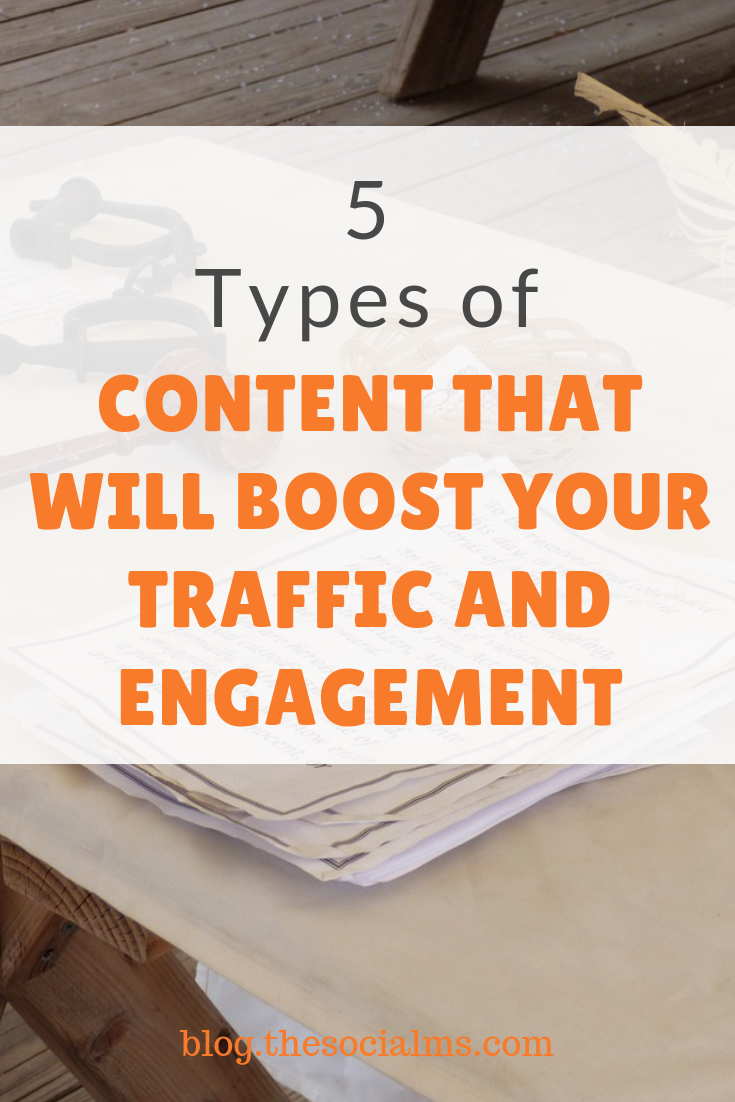
Another benefit of list content is that it is extremely convertible. You could produce a simple list for a very short blog post one day, add visuals to that list the next day to produce a slide show the next day, and then incorporate that list into an infographic.
Love them or hate them, lists do earn clicks and shares. Depending on the subject matter and your approach, a list post can be entertaining, informative, or inspirational. In some cases, it may even be used to drive conversion.
- Infographics
While nearly any type of visual content can boost engagement and traffic, as long as it is relevant and of high quality, infographics really take things to the next level. An infographic is a combination of text and images that is created to illustrate a point or provide education on a specific topic. They have become extraordinarily popular within the last year for several reasons. The first is that the combination of visual and text appeals to both visual learners and more traditional learners. Infographics also make it easy to consume a lot of important information relatively quickly. In addition to this, an infographic is the kind of content that can be revisited. In many cases, someone may look at infographic more than once and notice something new each time. Finally, infographics are new enough that when they are created with high quality production values and useful information, they definitely elicit a ‘wow look at that!’ response.
A great infographic can obviously be used to educate your audience. It can also serve as inspiration or as entertainment. An inspirational infographic, for example, might display in visual format how a person’s life improved over the course of a year after they quit smoking. Highly engaging and shareable Infographics can even be designed so that they are interactive.
Hey, before you read on - we have in various FREE in-depth guides on similar topics that you can download. For this post, check out:
FREE workbook: CREATE AWESOME BLOG POSTSFREE Beginner's Guide: START A BLOG
- Interactive Content
Interactive content is any kind of content where the user’s participation is required in some way. Polls and surveys are two examples of some of the more basic types of interactive content. Another, very popular form of interactive content is the quiz. This type of interactive content is frequently shared on social media and often relates to pop culture topics, health and beauty, or it focuses on knowledge about a specific topic. People who create infographics will often make them interactive by allowing viewers to click on certain parts of the infographic to zoom in on that area and pull up even more facts than what is presented in the initial view. Interactive white papers contain links and other clickable elements that allow consumers to delve deeper into a specific subtopic. This is often done by providing the reader with access to videos and podcasts.
- Videos and Podcasts
“I’ll wait for the movie to come out.” While this phrase doesn’t bode well for the future of literacy, it does reflect something very real. People are more likely to consume content that they can see or hear than they are to read content. That’s not all. People are more likely to retain information they consume via through videos and podcasts than they are information that was simply provided to them in writing. From a marketing standpoint, what is even more noteworthy is the fact that videos in particular enhance trust, so it is still trending in online marketing.
Videos and podcasts can entertain, they can educate, they can inspire, and they can create conversions. They are probably two of the most versatile and easy to consume types of content that there are. Of course, this is not to imply in any way that long form content, such as white papers, doesn’t also have a place.
- White Papers
People who are in the position of making big decisions need a different kind of information than what is provided in the typical blog post or video. They need in depth information, lots of detail, and they need to see the veracity of that information through images and reference links. Before the internet became one of the main sources of information, many companies had what was known as a ‘decision support’ team. This team was part of the IT or Data Processing portion of the organization. The purpose of decision support was to create reports focusing on specific sections of data that upper management could use to make important decisions. White papers are essentially the DS reports of today. They tend to be consumed by managers and others who are empowered to make purchasing decisions and who can influence direction.
White papers are published with the purpose of educating and of creating macro conversions. They take a while to produce, but the results are well worth it.
Putting it All Together
If you want your content to increase traffic and engagement, while also helping you to achieve your ultimate goal of converting, you have to focus on two things. You must be goal-oriented in the content that you publish, and you must understand which types of content work best in various situations. Once you master this, you will be able to create and curate a mix of content that works perfectly for you and your audience.
Is your content marketing not working out as it should – or you hoped for? We can help.
Join us for a free email course about content marketing.
Learn what is missing in your content marketing that is costing you all chances of content marketing success.
find out why content distribution is the key to reaching a targeted audience – and get a checklist for your content distribution for each piece of content.
Find out how you can create more content without working like a horse.
Learn why your content is not getting the reactions, shares, and conversions you hoped for – and what you need to make it all work!
Are you in? Join us here for 4 days and 4 emails!

